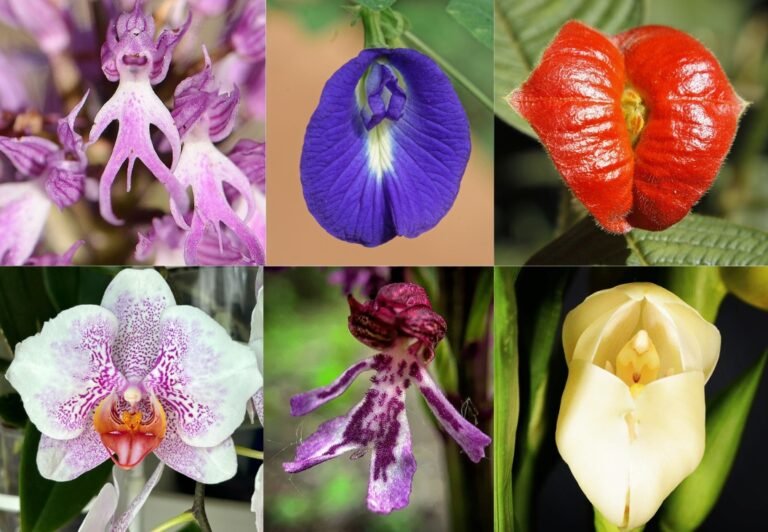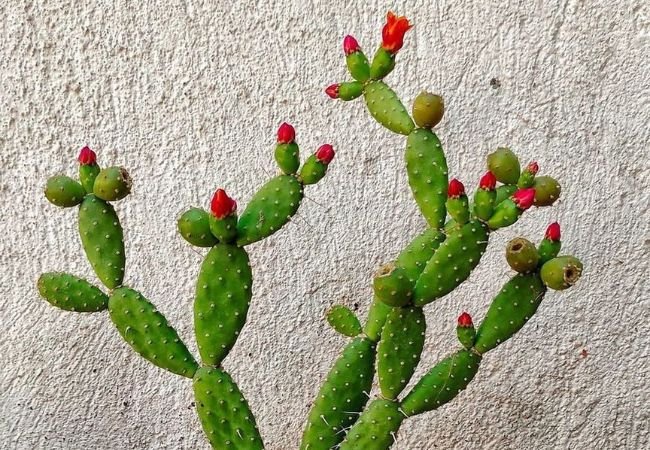Peonies and ranunculus are both popular ornamental flowers known for their large, showy blooms. Peonies are hardy perennials that bloom in late spring to early summer, while ranunculus are tender perennials or annuals that flower in spring and early summer. Both require well-draining soil and full sun for optimal growth. Peonies are low-maintenance once established, while ranunculus need more regular care.
As a floriculturist with over two decades of experience cultivating ornamental flowers, I’m thrilled to share my knowledge about growing peonies and ranunculus. These two beautiful flowers can bring a touch of elegance and romance to any garden or floral arrangement.
Peonies: The Queen of Spring Flowers

Here’s a detailed chart with information on Peonies:
| Category | Information |
|---|---|
| Botanical Name | Paeonia spp. |
| Common Name | Peony |
| Plant Type | Perennial |
| Hardiness Zone | USDA Zones 3-8 |
| Sun Exposure | Full sun to partial shade |
| Soil Type | Well-drained, rich, loamy soil |
| Watering | Moderate (water regularly, especially during dry spells) |
| Growth Habit | Bushy, rounded |
| Height/Spread | 2-4 feet tall, 2-3 feet wide |
| Special Features | Large, fragrant flowers, long-lived, deer-resistant, attractive foliage, used in cut flower arrangements |
Introduction to Peonies
Peonies (Paeonia spp.) are beloved for their large, fragrant blooms and lush foliage. They’re long-lived perennials that can thrive for decades with proper care.
Types of Peonies
- Herbaceous peonies
- Tree peonies
- Intersectional (Itoh) peonies
For more information on peony types, visit the American Peony Society.
Growing Peonies
Planting
- Best time to plant: Fall
- Soil: Well-draining, rich in organic matter
- Sun exposure: Full sun (6-8 hours daily)
- Planting depth: Eyes (growth buds) should be 1-2 inches below soil surface
Care and Maintenance
- Watering: Regular watering during first growing season; drought-tolerant once established
- Fertilizing: Apply balanced fertilizer in spring as new growth emerges
- Support: Use peony rings or stakes for varieties with heavy blooms
- Pruning: Cut back herbaceous peonies to ground level in fall
Common Pests and Diseases
- Botrytis blight
- Peony wilt
- Japanese beetles
For more on peony diseases, check the University of Minnesota Extension’s peony disease page.
Harvesting and Using Peonies
- Cut when buds are soft and showing color
- Store in cool location if needed to delay blooming
- Excellent as cut flowers, lasting up to a week in vases
Ranunculus: Roses of Spring

Here’s a detailed chart with information on Ranunculus:
| Category | Information |
|---|---|
| Botanical Name | Ranunculus asiaticus |
| Common Name | Ranunculus, Persian Buttercup |
| Plant Type | Perennial (often grown as an annual in cooler climates) |
| Hardiness Zone | USDA Zones 8-11 (can be grown in cooler zones as an annual) |
| Sun Exposure | Full sun |
| Soil Type | Well-drained, sandy or loamy soil |
| Watering | Moderate (keep soil consistently moist but not waterlogged) |
| Growth Habit | Upright, clumping |
| Height/Spread | 12-24 inches tall, 6-12 inches wide |
| Special Features | Long-lasting blooms, vibrant colors, excellent for cut flowers, deer-resistant |
Introduction to Ranunculus
Ranunculus (Ranunculus asiaticus), also known as Persian buttercups, are known for their layered, rose-like blooms in a variety of colors.
Popular Ranunculus Varieties
- Tecolote series
- Elegance series
- Bloomingdale series
Growing Ranunculus
Planting
- Best time to plant: Fall in mild climates, spring in colder regions
- Soil: Well-draining, fertile soil
- Sun exposure: Full sun in cool climates, partial shade in warmer areas
- Planting depth: 2 inches deep, claw-side down
Care and Maintenance
- Watering: Keep soil consistently moist but not waterlogged
- Fertilizing: Feed with balanced, water-soluble fertilizer every 2-3 weeks during growing season
- Mulching: Apply light mulch to retain moisture and suppress weeds
- Winter care: Lift tubers in cold climates and store for winter
Common Pests and Diseases
- Aphids
- Spider mites
- Powdery mildew
For more on ranunculus care, visit the UC Master Gardener Program of Sonoma County.
Harvesting and Using Ranunculus
- Cut when buds are colored but not fully open
- Excellent as cut flowers, lasting up to 7-10 days in vases
- Popular in bridal bouquets and spring floral arrangements
Companion Planting
Both peonies and ranunculus pair well with other spring-blooming plants:
- Peonies: Pair with alliums, irises, and catmint
- Ranunculus: Combine with tulips, anemones, and forget-me-nots
Growing Peonies and Ranunculus Together
While both flowers bloom in spring, they have different care requirements:
- Plant in separate beds or containers to meet their specific needs
- Use peonies as background plants and ranunculus in the foreground
- Stagger planting times to extend the overall blooming period
Tips for Cut Flower Arrangements
- Cut stems at a 45-degree angle
- Remove all foliage below the water line
- Use clean vases and fresh water
- Add floral preservative to extend vase life
For more floral arranging tips, check out the Society of American Florists’ care and handling guide.
Growing peonies and ranunculus can bring a wealth of color and beauty to your garden and home. While they have different care requirements, both reward gardeners with stunning blooms that are prized in the floral industry.
Peonies offer the advantage of being long-lived perennials that increase in beauty over the years, while ranunculus provide a wider range of colors and a longer blooming season in milder climates.
Whether you’re a seasoned gardener or just starting out, incorporating these flowers into your garden can create a spectacular spring display. Remember to consider your local climate and soil conditions when planning your garden, and don’t hesitate to experiment with different varieties to find the perfect combination for your space.
Happy gardening, and enjoy the beautiful blooms of your peonies and ranunculus!
For more information on flower gardening, visit the National Garden Bureau.
For more gardening tips and plant care guides, visit usagardenhub.com.






